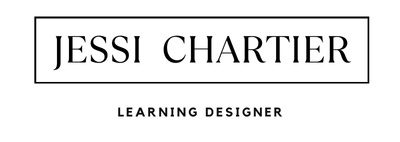A handful of close friends and I message each other whenever a business issue comes up, a pep talk is in order, or we need advice on which shoes to wear for the networking event. Today, a message came through – a mild panic that visits everyone once in awhile: “I suck at my job.”
In honor of this event, I put forth my 7 steps to being suck-cessful, as we all have days where we feel like we have no idea what we’re doing. You must do these in order, and cannot move on to the next step until you have completed the previous.
- Find something you want to do that scares the hell out of you.
- Do it and suck at it. No, really. Do that thing – small and quiet if you like – and just let it drip with awfulness. The key here is to do it; don’t be paralyzed with fear of failure. Embrace the suck.
- Do nothing for a spell. You’ll want to fix everything about it immediately. Don’t. You need the time away from it.
- Listen to it. Take a deep breath; calm you inner angst, and listen to it. You will start to hear where it’s potential lives. If you don’t do this exercise, you will only see what’s wrong with it and never hear what’s possible. Without this, you will inevitably be chasing your tail: there will ALWAYS be something wrong with it. Your energy is much better spent growing something than spending your entire existence in fear and fixing a prototype.
- Reflect on the suckiness of Step 2. Suck is a teacher – a wise teacher, who is only as cruel as you let him be. What did you learn in step 2? List only 2 things. Keeping it focused will prevent you from falling into the vortex of “everything is awful and the world is burning.” It’s not. Stop it. Don’t let the Fear bug eat your brain.
- Commit to next growth spurt. Once you know the potential and the 2 things you need to look out for, you can figure out how you want to move forward in a controlled, purposeful fashion.
- Repeat, starting at step 2.
Flowers do not start out with the blossom – don’t lead with petals, build strength with roots. And don’t forget to care for it with patience, sunshine, and wine…er…water.
